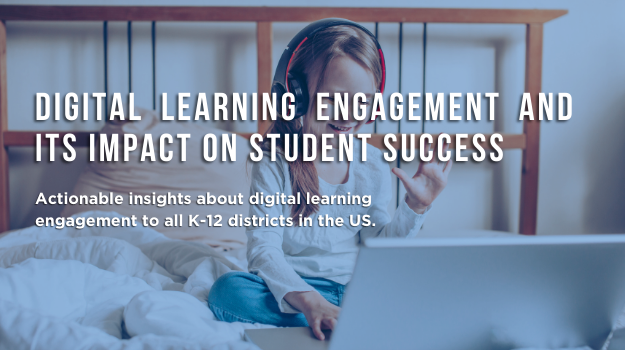
Introduction
There has been a significant increase in interactive studying, video conferencing, and online learning software following the advent of school closures due to COVID-19. Also, as social distance standards complicate conventional education, remote learning would be a central aspect of schooling for the near future.
As a result, tech directors look at both its district clients’ data and university support teams to discover the most meaningful and actionable lessons from automated learning data. Three key questions arose are:
What students in a remote area have access to learning?
What students engage actively in digital learning? Who doesn’t get engaged?
Is there a connection between enrollment in interactive learning and student success?
Given the analysis on the National Student Engagement Report (NSSE) and its enrollment in face-to-face learning, it makes sense to explore how engagement methods will hold students and ensure that they understand what they need to excel.
Are There Limits to Engagement?
The lives of students tend to present severe limits to what can be accomplished with strategies of engagement. They have job or family requirements that force them to participate partly, or they may be inexperienced students and need to “learn how to learn” or understand online learning fundamentals.
They may need to develop self-regulation behaviors, motivation to succeed, and the capacity to defer gratification. They may also have to develop an awareness of active learning and abilities and find time and willingness to put effort into their learning.
By delivering poorly structured online classes, dominating course experiences, and being vague about the instructional aims of course events and what students are supposed to accomplish, instructors often behave in ways that impose on student participation.
Using Theories of Learning That Encourage Interaction
Put merely, and interaction methods succeed since they focus on learning theories that emphasize student action rather than passive learning. Productive learning, social learning, genuine and experiential learning, and many other ideas rely on getting the pupil to do something and include them in their learning, whether cognitive or physical. These ideas of learning are why student engagement operates.
Emphasis on Pedagogies and Options for Successful Learning
Pedagogies that emphasize the initiative or work of students tend to communicate more efficiently. This suggests that it is more likely that using activities that challenge students to do something, such as collaborating in a group, solving a problem, planning a mission, and witnessing a situation, would generate student interest in their learning.
For an Instructional Reason, Communicate
Students need to know the objective and reason for the task, be it for internet conversations, community work, or primary email exchanges. The purpose and the reasoning for the task must be given by professors, explaining what it would help students understand and why it is done this way.
Help Students to Think More Deeply
Instructors need to ask questions, challenge student answers, and offer an additional background for the learning, whether like the assignments, directions to students about the assignments, or the assessment requirements for students’ work. Instructors will need to explain what deep thinking means to pupils.
Teach Learners How to Read
Not all students with the skills to learn to arrive at college. College-level teachers are increasingly called in to teach students how to learn online and help them develop self-discipline and other patterns of self-regulation.
Resources of Assessment, Both Hardware and Applications
Tech directors will continue to focus on developing and producing new web resources that exist. In online education, professors may need to analyze these resources to determine their effect on student interaction and learning and discuss their results with others.
Review online courses for students
To assess what works for participation and student learning and what does not, teachers and tech directors need to conduct more thorough assessments of what occurs in their online courses and concentrate on individual aspects.
Consider Student Engagement and Its Effect on Retention and Learning
Too much interaction policy analysis has used engagement as the final metric for success. However, the study also needs to chronicle the impact of engagement on student retention and performance to include parallels between engagement methods and help make the case that engagement is worth the extra effort.
Between Online and Face to Face, Are There Discrepancies In Engagement?
So far, engagement in both settings may be involved. If the education is online or face-to-face, the learning theories, pedagogies, and operations used in the course generate student interaction.
